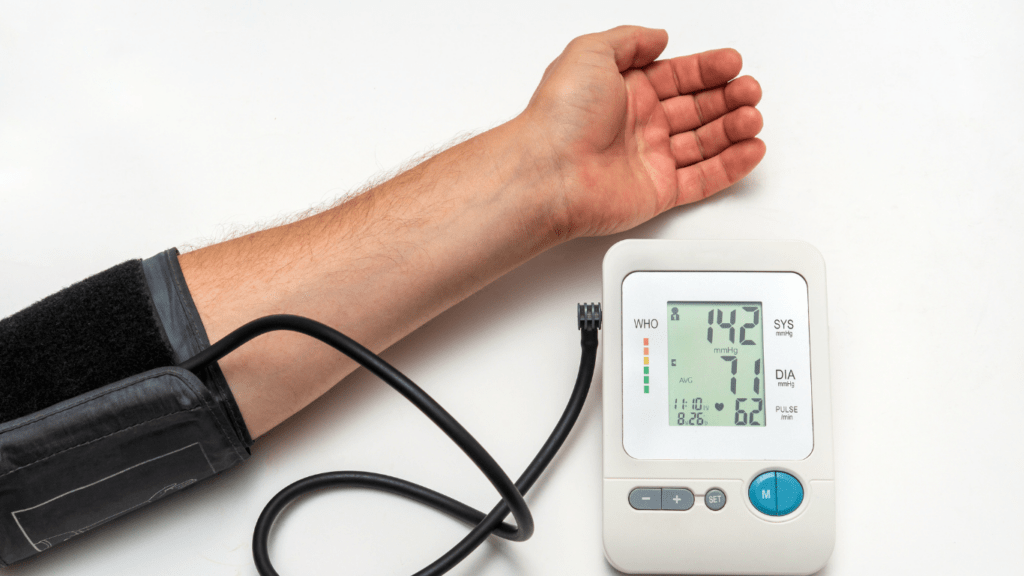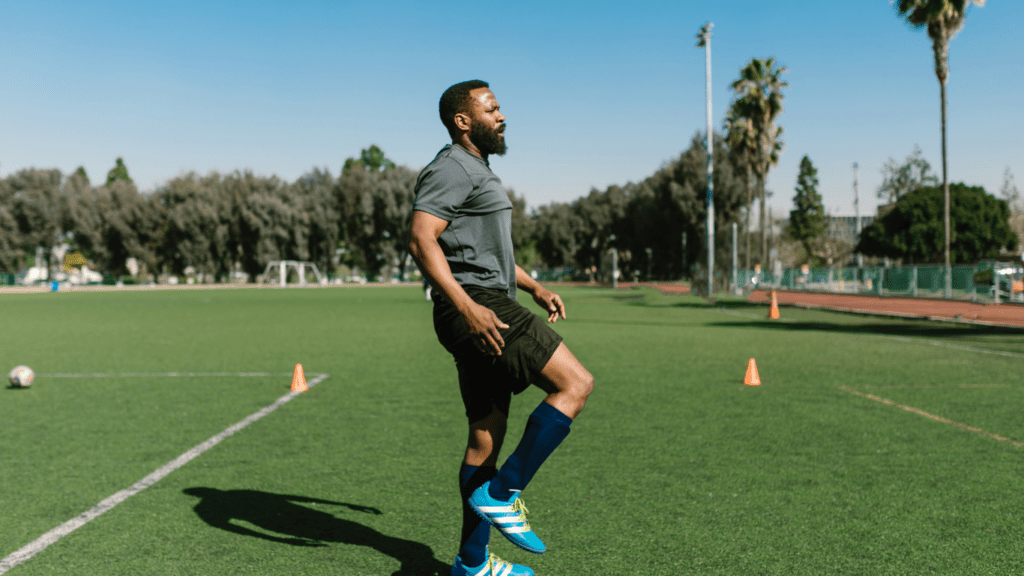Heart rate variability (HRV) has become a game changer in the world of fitness and training. As I dive into this fascinating topic, I realize how understanding HRV can lead to smarter training decisions that enhance performance and recovery.
It’s not just about pushing harder; it’s about listening to what my body is telling me. With HRV tracking, I can gain insights into my autonomic nervous system and overall wellness. This data-driven approach empowers me to fine-tune my workouts, optimize recovery, and ultimately achieve my fitness goals more effectively.
Let’s explore how harnessing the power of HRV can transform my training regimen and help me become a better athlete.
Understanding Heart Rate Variability (HRV)
Heart Rate Variability (HRV) reflects the variation in time intervals between heartbeats. Tracking HRV reveals insights into my autonomic nervous system’s functioning and overall wellness.
Definition of HRV
HRV measures the time variation between consecutive heartbeats, traditionally expressed in milliseconds. It’s influenced by factors such as physical fitness, stress levels, and recovery states. Higher HRV typically indicates a well-functioning nervous system, while lower values may suggest stress or fatigue.
Importance of HRV in Training
HRV plays a crucial role in optimizing training and recovery. Monitoring HRV helps determine my body’s readiness for intense workouts versus recovery days. A rising HRV indicates improved recovery and fitness, prompting me to push harder in training.
Conversely, a declining HRV signals the need for rest, preventing overtraining and minimizing injury risk. By integrating HRV data into my training routine, I can make informed decisions that align with my physiological state.
Benefits of Monitoring HRV
Monitoring heart rate variability (HRV) offers significant advantages for optimizing training and enhancing overall performance. By using HRV data, I can make informed decisions that positively impact recovery and reduce injury risks.
Enhanced Recovery
Monitoring HRV provides insights into recovery status after workouts. Elevated HRV values indicate my body is well-recovered and prepared for intense training. By adjusting training intensity based on HRV readings, I can maximize recovery time, ensuring my performance remains consistent and effective.
Lower HRV values signal fatigue or inadequate recovery, prompting me to incorporate rest days or lighter workouts. This approach enables me to optimize performance while minimizing burnout.
Injury Prevention
Tracking HRV contributes to injury prevention by identifying potential risks early. A significant drop in HRV can indicate accumulated stress or fatigue, which increases my likelihood of injuries.
By recognizing these patterns, I can modify my training plan to allow for additional rest or focus on recovery strategies like stretching or active recovery. This proactive mindset helps me avoid overtraining and maintain long-term fitness.
Applying HRV Data to Training Plans
Using HRV data effectively enhances training regimens by tailoring them to individual needs. This personalized approach ensures that training remains effective while prioritizing recovery and performance.
Personalized Training Regimens
I rely on HRV data to create personalized training regimens that cater to my specific fitness levels and recovery needs. By analyzing HRV readings, I can identify optimal workout times and adjust variables like exercise type, duration, and frequency.
For example, if my HRV shows elevated values, I focus on higher intensity workouts and strength training. Conversely, a declining HRV prompts me to incorporate active recovery sessions or lighter workouts. This strategic tailoring leads to better workout adherence and improved outcomes.
Optimizing Intensity and Volume
I leverage HRV data to optimize both intensity and volume within my training sessions. By monitoring HRV trends, I can discern my body’s responses to workouts. Elevated HRV indicates readiness for increased intensity or longer sessions, while lower HRV alerts me to reduce workout volume or intensity.
For instance, if my HRV consistently trends upward, I might extend intervals during high-intensity workouts or add extra sets. If it declines, I temporarily adjust by reducing weights or incorporating more rest days. This method fosters a balanced training approach, reduces injury risk, and supports sustainable progress.
Tools and Technologies for Measuring HRV
Measuring heart rate variability (HRV) has become more accessible thanks to various tools and technologies. These advancements enable users to track their physiological states accurately and make informed training decisions.
Wearable Devices
Wearable devices offer real-time HRV monitoring through integrated sensors. Popular options include smartwatches, fitness trackers, and dedicated heart rate monitors.
- Smartwatches: Devices from brands like Apple, Garmin, and Fitbit track HRV continuously, providing insights into recovery and stress levels.
- Chest Straps: Monitors such as Polar H10 and Wahoo Tickr deliver precise heart rate readings and HRV data, often preferred by athletes for their accuracy.
- Oura Ring: This sleek ring provides in-depth analysis of HRV by measuring heart rate and sleep patterns, helping users assess their recovery status effectively.
Mobile Applications
Mobile applications complement wearable devices by offering detailed analytics and insights on HRV trends. Many apps are designed to sync with wearables for a comprehensive view of health metrics.
- HRV Stress Test: This app measures HRV through a simple short breathing exercise, allowing users to monitor their stress response daily.
- Elite HRV: This app analyzes HRV in-depth and offers personalized training recommendations based on collected data, helping optimize workouts.
- Whoop: The Whoop app works seamlessly with its strap to provide daily recovery scores based on HRV, sleep, and strain, guiding training intensity and recovery strategies.
Utilizing these tools allows for better alignment of training plans with personal recovery and fitness needs.
Case Studies and Real-Life Applications
Numerous athletes and training programs illustrate how heart rate variability (HRV) guides smarter training decisions. These real-world examples provide insight into the practical applications of HRV data in enhancing performance and recovery.
Athletes’ Experiences
Professional athletes increasingly rely on HRV to inform their training regimens. For instance, a professional marathon runner monitors their HRV daily to optimize training intensity. When HRV trends upward, the athlete incorporates high-intensity workouts or long runs.
Conversely, decreased HRV signals the need for lighter sessions or recovery days, drastically reducing injury risk and promoting sustainable performance. Another example is a semi-professional soccer player using HRV data to manage training load.
By analyzing HRV responses post-training, the player adjusts their workout intensity accordingly. This approach supports better recovery, leading to increased game-day performance. Athletes consistently report improved outcomes when integrating HRV monitoring into their training strategies.
Transformational Training Programs
Several coaching programs have integrated HRV monitoring into their methodologies. One notable program focuses on customizing workout plans based on individual HRV data, establishing a coaching framework tailored to personal fitness levels.
This program utilizes real-time HRV readings to adjust training stimuli in response to recovery status, ensuring participants train effectively without risking overtraining. A team of elite cyclists adopted HRV monitoring to enhance race strategies.
By assessing daily HRV values, the coaching staff ensures athletes peak on race day while preventing fatigue peaks during key training phases. Reports show significant improvements in race performance attributed to data-driven adjustments in training loads.
Implementing HRV into training programs has transformed athlete performance, demonstrating the profound impact of monitoring physiological responses. These case studies highlight the value of data-driven decision-making for tailored training strategies leading to enhanced athletic outcomes.




